Nominate a heritage site and help preserve history
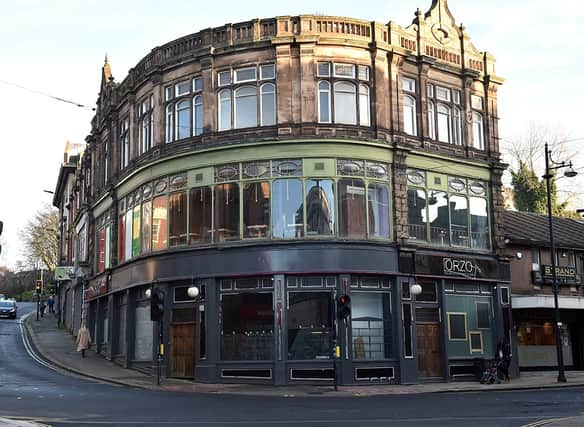

Jacobean, Georgian and mock Tudor styles can all be seen in the main shopping streets in buildings which echo styles from long before their mid-20th century construction.
Now many of these familiar sites are being added to a new database of local heritage, titled the South Yorkshire Local Heritage List, which will include buildings and sites just beneath the level of national listed status.
Advertisement
Hide AdAdvertisement
Hide AdSouth Yorkshire Archaeology Service is leading the ongoing project, which will encourage residents to put forward their own nominations and give their views on proposed additions.
Sarah Cattell, archaeological records officer for the service, said: “The idea with the list is that it’s a rolling thing and we’re hoping it’s something that people will add to.
“Every three months, we will have an assessment panel meeting, because the way the list has to be completed is, although it’s based on public nominations, the final decision has to go through Rotherham Council.
“Before it goes to RMBC, we will hold a panel including the conservation officers from the four councils, SYAS — which takes care of all archaeological curating — heritage volunteers and other professionals with different areas of expertise.
Advertisement
Hide AdAdvertisement
Hide Ad“We will get together and have a look at the nominations and decide if they are appropriate. Providing they go through that panel stage, they are OK to go on the list.
“Before each panel, we will make this list available to the council people who will be able to see what’s proposed and if they have any information to add.
“It’s possible someone who has not put in a nomination themselves will have some information about a nominated location.
“We’re also hoping everyone will go onto our new website and see some of the amazing heritage they have in their area.”
Advertisement
Hide AdAdvertisement
Hide AdSarah said the list would cover archaeological sites, parks, gardens and community monuments as well as buildings and provide “an early warning system” for developers.
“Unlike the main list for listed buildings, this list covers everything,” she added.
“The idea is to help provide some protection.
“It’s not quite as strong a protection as national listing, but what it does to is change a location from being an interesting historical place to one with some recorded local attachment.
“It’s an early warning system for planners and developers, which shows somewhere has heritage value and local support.
Advertisement
Hide AdAdvertisement
Hide Ad“It won’t stop anything being changed or demolished but maybe the motivation for looking after that history will be stronger, as it’s a recognition that that place, whether it’s a site or building, has some community feeling towards it.”
The full list and proposed additions can be seen on a dedicated new website at local-heritage-list.org.uk/south-yorkshire.
You can get in touch through contact form on the website or by email to [email protected].
“We really want people to get involved with their local heritage by identifying and nominating heritage assets for inclusion on the local list,” Sarah said.
Advertisement
Hide AdAdvertisement
Hide Ad“We are working with heritage, civic and local interest groups all across South Yorkshire, but we also want to involve all members of the public in the nomination process, as this is their history and heritage.
“The website is be a one-stop shop for everything to do with the local list, including the finalised list itself, information on local listing, training resources for those who would like to get involved, information on events and a blog and forum for users to share information, ask questions and find out the latest news.
“This is a really exciting project that enables ordinary people to have a say on the protection of the historic places they value.”
Sarah said SYAS aimed to maintain a full record of everything historic value in South Yorkshire.
Advertisement
Hide AdAdvertisement
Hide AdShe added: “Archaeology applies to buildings as much as buried sites as you can have buildings that have historical features and they have just as much heritage.
“There’s just as much information we can learn from a building or monument as we can from digging something up. History is all around us.”
EXAMPLES from the list:
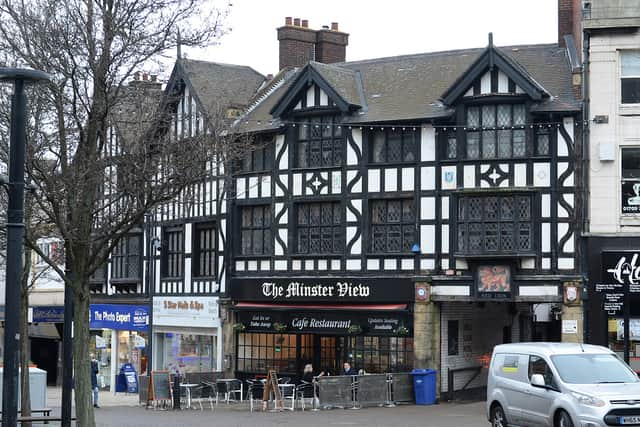

1. Red Lion/Minster View cafe
WITH its Mock Tudor frontage, this building at the top of Bridgegate is one of the most distinctive landmarks fronting All Saints’ Square.
It was rebuilt by Tennant Brothers Brewery of Sheffield in 1927, with showrooms and offices above shops, and extended over the access to Red Lion Yard.
Advertisement
Hide AdAdvertisement
Hide AdThe rebuilding was required to comply with a new street layout in connection with the creation of the bus terminus in All Saints’ Square.
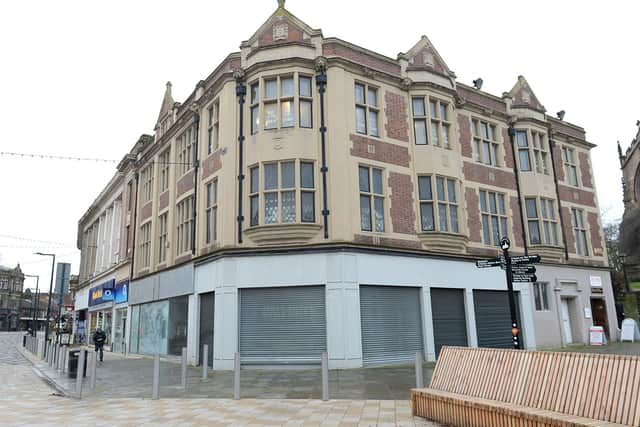

2. Davy’s Corner
KNOWN locally as Davy's corner, the home of Malcolm C Foy’s Minster Chambers is described is neo-Jacobean and dates from the 1920s.
The ground floor unit was once Joseph Smith and Sons, drapers, but it was more latterly the Game videogame shop.
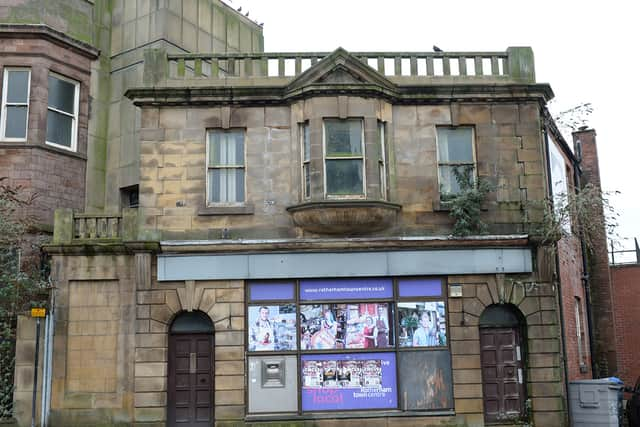

3. Former Lloyds Bank
ORIGINALLY owned by Mappins Masbrough Brewery Co, the building on Corporation Street has a notable oriel window and balustrade parapet.
Advertisement
Hide AdAdvertisement
Hide AdThe brewery offices were extended but then reduced due to the construction of Corporation Street.
It was redesigned and partially rebuilt as it is now and used as the company HQ from the 1910s to 1957 before being sold to Lloyds.
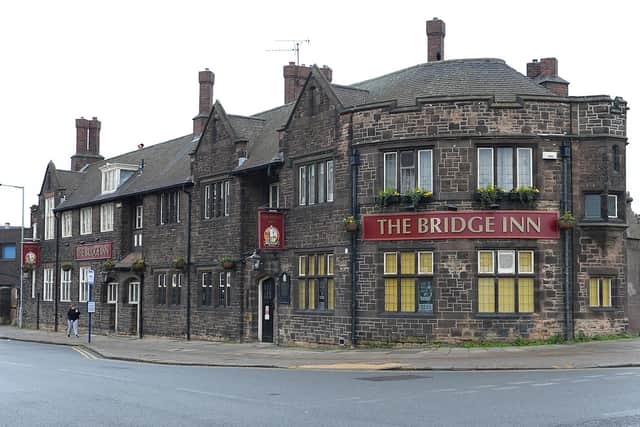

4. The Bridge Inn
ANOTHER prominent neo-Jacobean building at one end of the historic Chantry bridge, the Bridge Inn was completed in 1932 for Mappins Brewery.
It is built from Matlock Stone and benefited from a reinforced concrete wall at the riverside when bridge restoration was carried out.
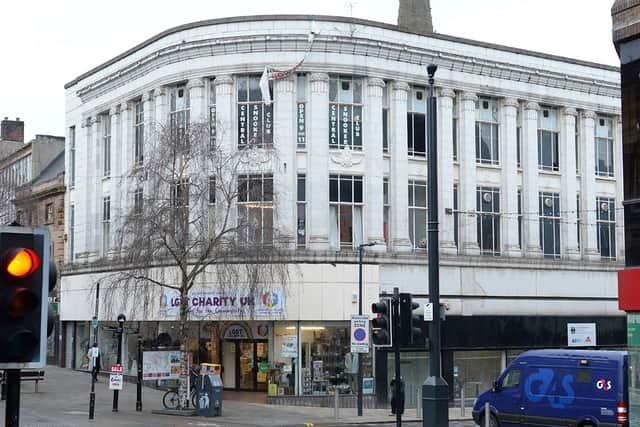

5. Former Burton’s Building
Advertisement
Hide AdAdvertisement
Hide AdANOTHER curved frontage building, this is the former home of Burton’s and Eastwood Domestics and now houses the LGBT Charity shop.
It is noted on the new heritage list for its modern classical style with giant decorative pilasters framing large windows at first and second floor levels.
The previous building at No.2 High Street was bought by Montague Burton Ltd in 1926 but the size of the clothing company’s ambitions meant Nos 4 and 6 were also snapped up.
With planning permission in place, the old building was demolished and a new building, designed by Leeds architect Harry Wilson, completed in 1931.
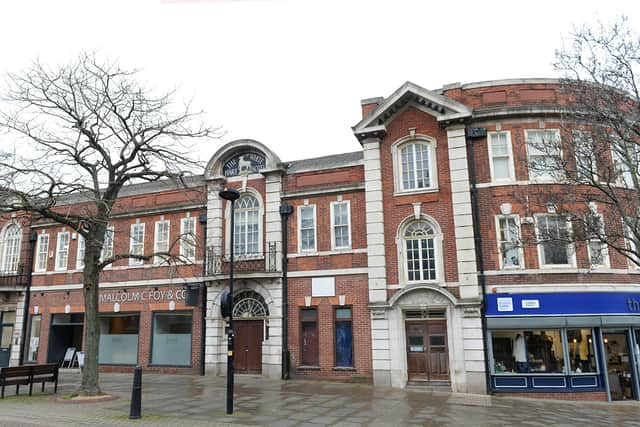

6. White Hart Building
Advertisement
Hide AdAdvertisement
Hide AdNOW home to Malcolm C Foy’s solicitors, Carer’s Corner cafe and the Advertiser, this building extends to the corner of All Saints’ Square.
The original White Hart was closed as a result Ministry of Health’s Order of August 1926 sanctioning the compulsory acquisition of the property for street improvements.
The new public house, with entrances to Upper Millgate and Bridgegate, was commissioned by Mappins Brewery and designed by architect James E Knight, Architect.
Described as being late Georgian in design, the White Hart features Daneshill multi- coloured facing bricks with Portland stone dressings, and a “Dreadnought” tiles roof.
Advertisement
Hide AdAdvertisement
Hide AdThe pub opened in 1929 and closed almost 40 years later, in March 1969.
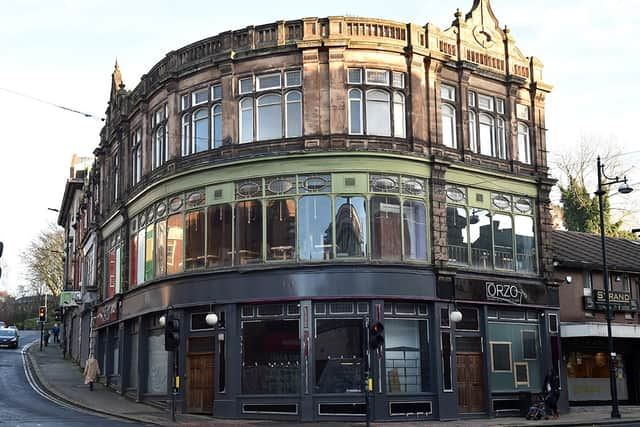

7. Van Allan’s Corner
HUGGING the corner of Doncaster Gate and Wellgate, this attractive building — which shares similar architectural detailing to the Imperial Buildings — has had a busy and varied history.
Formerly occupied by the Pack Horse Inn, the site was the subject of controversy at the beginning of the 20th century due to plans to rebuild the public house or erect a hotel.
Eventually, the Old Albion Brewery Co decided to build new shops and a house on the site.
Advertisement
Hide AdAdvertisement
Hide AdIt was designed by Rotherham architect, Joseph Platts, who drew up the plans for the Imperial Buildings and Westgate Chambers.
Known locally as Van Allan’s corner, No.2 Doncaster Gate was home to John Beckett’s drapers, the National Provincial and Union Bank of England, Van Allan ladies’ outfitters, Legends Bar, Disraeli’s, the Town Gate pub and latterly the base for literacy charity Grimm & Co.
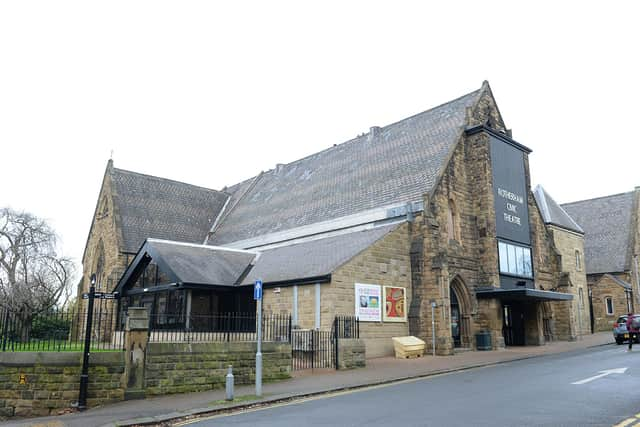

8. Rotherham Civic Theatre.
FOR almost 100 years used as the Doncaster Road Congregational Church, the Civic was designed in the Gothic style, with a spire, and was capable of accommodating 900 people.
It was said to have “commodious” school premises and an adjoining church parlour adjoining.
Advertisement
Hide AdAdvertisement
Hide AdIn 1910, extensive repairs and alterations were carried out, including the erection of three buttresses in the south side of the church.
The closing of the Regent Theatre in 1957 temporarily ended the last centre for live theatre in town — but in the same year the Rotherham Education Committee bought the church for conversion into a theatre.
The existing building was converted into a 378-seat auditorium, designed by Hadfield, Cawkwell and Davidson of Sheffield.
The new Civic was opened in 1960 by Sir Lewis Casson, refurbished in 1992 at cost of £500,000 and upgraded to the tune of a similar sum last year.
Advertisement
Hide AdAdvertisement
Hide Ad* The cut-off date for the next round of nominated assets is January 23, after which comments can be made on the suggestions.
See local-heritage-list.org.uk/south-yorkshire/as sessment-process for more.